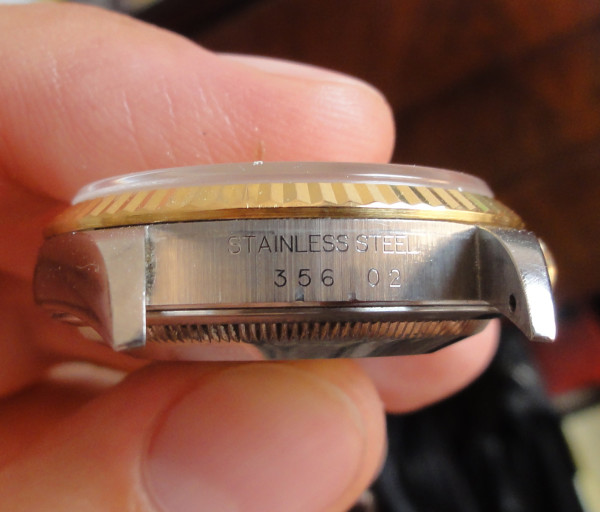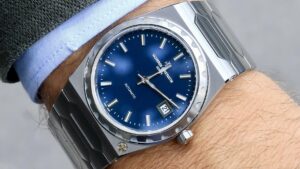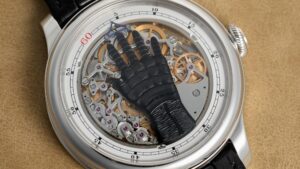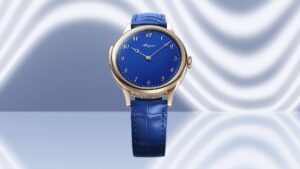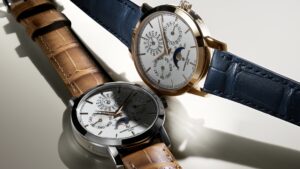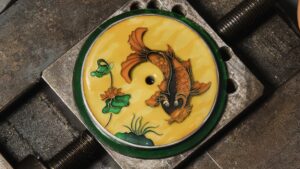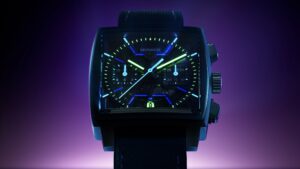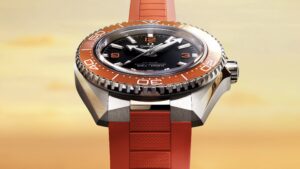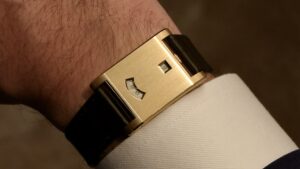Artisan, philosopher, and famed botanist, 2 Chainz, once said, “All I do is stunt (stunt), stunt (stunt) stunt (stunt), stunt (stunt)/Stunt (stunt), stunt (stunt), stunt yeahhhh/All I do is stunt (stunt), stunt (stunt), stunt (stunt), stunt (stunt)/Stunt (stunt), stunt (stunt), stunt yeahhh“. Truly wise words.
But what happens when the stunt, flex, or shine is built on a counterfeit strap? What happens when the Rolex on your wrist is no realer than the personality people think they can buy?
Fear not, here is how you can spot a fake Rollie:
Price
This one is just common sense. If it’s too good to be true, it is. You will not find a real vintage Rolex for less than a couple thousand or a contemporary one for less than roughly $6k by today’s prices (unless there is something seriously wrong with it). So drop the $300 imitations.
Tick vs. Sweep
This one is always a dead giveaway. Quartz watches tick and automatic watches sweep. With the exception of a handful of past Oysterquartz models, all Rolex watches are automatic, which means the second hand should smoothly circle the face, and not tick.

Hands and Sub Dials
After you recognise the ticking, it’s time to turn your attention to the hands and subdials. The automatic second hand on a chronograph is on the watch’s subdial, it’s not the big hand (Chronograph second hand) pointing to the chapter ring on the dial. If you see this big hand moving as a second hand and none of the hands on the subdials are moving, the watch is a fake. Likewise, if you see abnormalities in subdial design, fonts, indices placement, common on Yachtmaster II, Skydweller and Daytona, you’re also looking at a fake. A blatant Daytona fake (like the one above) will also show the date and days on the subdials as opposed to elapsed time indicators.
Screw-In Crown
Rolex has two type of crowns (winds and sets the watch function), depending on the water resistance required for the watch. The Twinlock and Triplock winding crowns use two or three sealed zones to ensure watertight security for the watch movement and all screw into place. If you’re adjusting a Rolex with a crown that doesn’t screw in to lock out the water or have the brand logo on it, it ain’t legit.
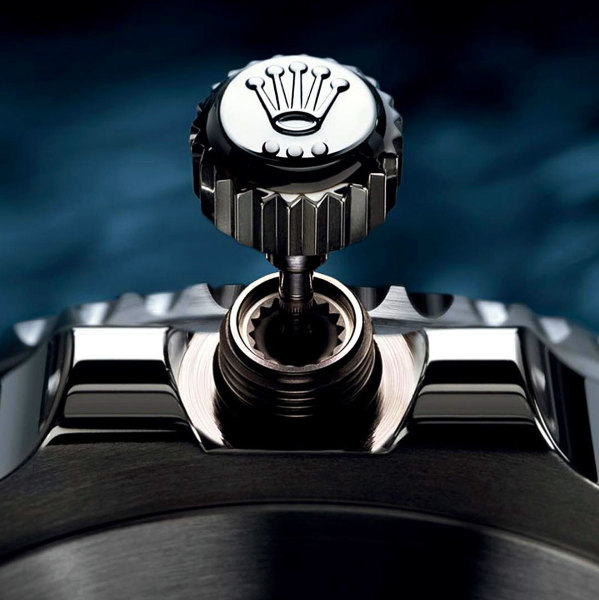
Cyclops Lens
The cyclops lens is raised bubble of glass over the date that magnifies the number. It’s damn near impossible to imitate a true cyclops lens, so be on the look out.
Stampings
As with most designer items, check that the brand image is present, and the name is spelt correctly on the face of the watch. Be sure it is all up to scratch on the buckle of the watch as well. Fonts are also a tell. Everything Rolex prints is perfect to the tee, so compare with images online. If the font is too squishy or seems a little imperfect, ditch the counterfeit.
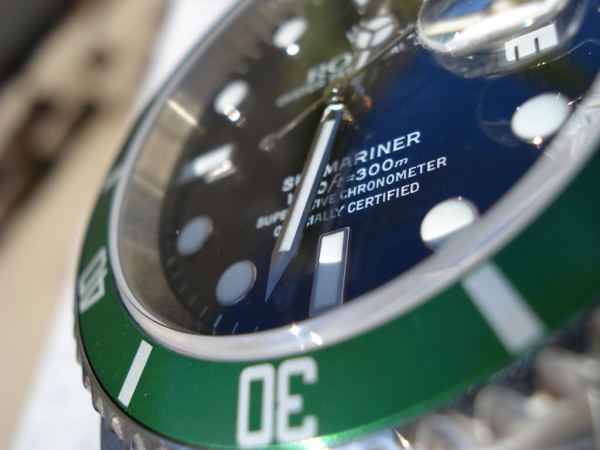
Laser Engraved Crown
Additionally, from 2002 onwards, Rolex began to laser engrave their crown logo on the underside of the glass at the 6:00 o’clock position. Impossible to feel by hand and only visible to the trained or louped eye, no crown is a dead giveaway that the watch ain’t right. If you’re inspecting a watch from a private seller, your phone flashlight shone directly on the top half of the crystal will bounce light off the dial and display the etching. If the seller claims that the crystal was replaced at service, Rolex utilizes a crystal with a laser engraved ‘S’ to signify a service crystal, so don’t be fooled.
Engraved Rehaut
Somewhere around 2005 Rolex introduced an engraved rehaut to their Datejust, which is the wall of the inner case which frames the dial. They slowly added it to other models over the coming years and now it’s present on all Rolex models.
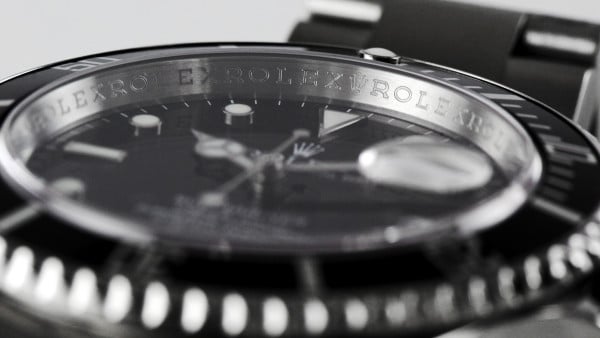
Caseback
With the exception of a few rare releases from the 1930s, Rolex does not do clear casebacks. Nor has it ever done any branded engravings on the back of any consumer release watches. On exceedingly special occasions they’ll engrave the case back of a watches awarded to winners of Rolex sponsored events like the 24 Hours of Daytona.
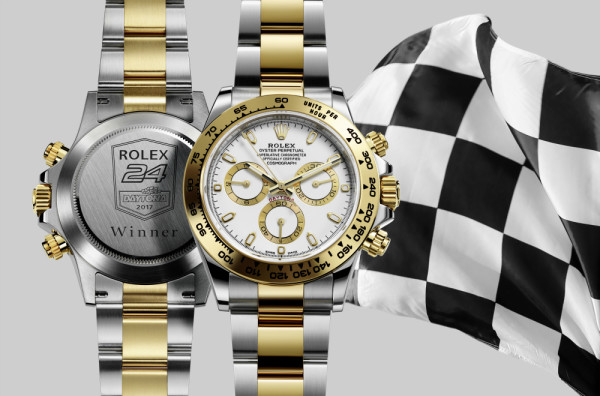
Bracelet
Speak to any sports watch enthusiast and they’ll tell you an Oyster bracelet is almost impossible to beat, but the counterfeiters are getting bloody good at it. Here we open a colossal can of worms as dodgy sellers swap out original bracelets for fake ones, despite selling genuine heads attached to them. Weight and free-flowing moving are the biggest indicators, especially in the case of gold. Starting in the mid-2000’s Rolex introduced newly engineered Fliplock clasp to fit alongside new solid (as opposed to the hallow vintage) stainless or gold bracelets. Bracelet finish may also be an indicator, best to do your research if you’re on the hunt for a particular model.
Serial Numbers
This is another obvious one. While this is to be checked by a professional who can remove the bracelet from older watches, modern watches have the numbers displayed at the bottom of the dial. No numbers, no bueno.
